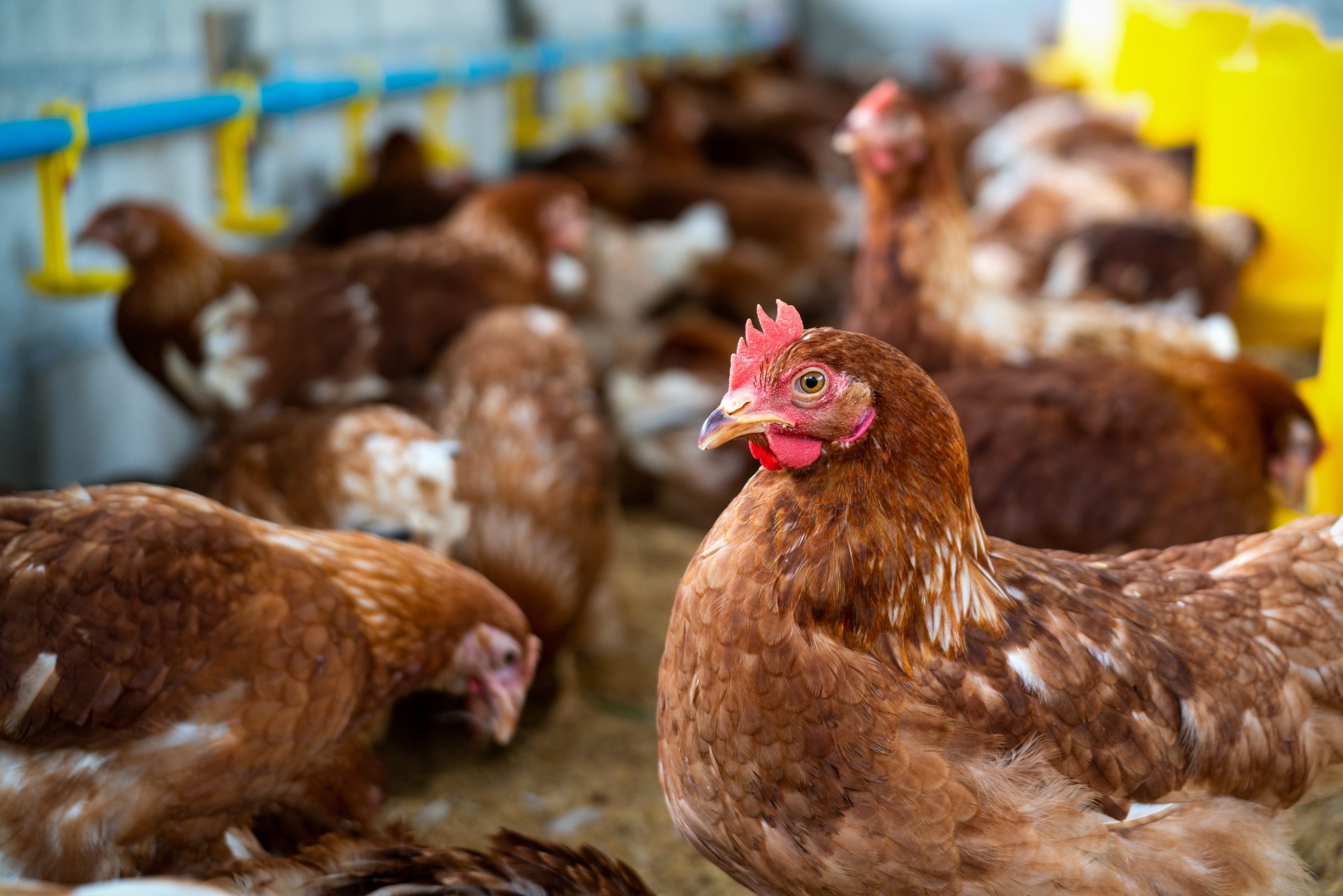Mottling in poultry can be a concern for farmers, especially those focused on egg and meat production. It refers to the irregular spotting or discoloration on a bird’s skin, feathers, or eggshells. While it might seem like just a cosmetic issue, mottling can sometimes indicate underlying health concerns, nutritional deficiencies, or environmental stress. Understanding its causes and solutions can help poultry farmers maintain the health and quality of their flocks.
What Causes Mottling in Poultry?
- Genetic Factors
Some poultry breeds naturally exhibit mottled feather patterns. Breeds like the Ancona and Exchequer Leghorn have characteristic black-and-white mottled plumage due to genetic inheritance. This type of mottling is purely aesthetic and does not affect bird health. - Nutritional Deficiencies
Deficiencies in essential nutrients, particularly vitamins A, E, and D, can lead to discoloration in the skin, feathers, and eggs. An imbalanced diet can also weaken the immune system, making birds more susceptible to infections that may cause mottling. - Disease and Infections
Certain bacterial and viral infections can cause skin and feather discoloration. For example, fungal infections, fowl pox, and Marek’s disease can lead to uneven pigmentation and scaly or blotchy skin. - Stress and Environmental Factors
High temperatures, poor ventilation, overcrowding, and inadequate lighting can cause stress in birds, leading to feather abnormalities and skin discoloration. Stress-induced hormonal imbalances can also contribute to mottling. - Medication Side Effects
Some medications and vaccines may cause temporary skin discoloration or feather mottling. Farmers should monitor birds closely after administering treatments to check for unusual changes.
Prevention and Management of Mottling
- Provide a Balanced Diet: Ensure poultry receive a nutritionally complete diet rich in essential vitamins and minerals. Supplementation with probiotics and antioxidants can also boost immunity and skin health.
- Maintain Proper Biosecurity: Implement strict hygiene measures in poultry houses to prevent the spread of infections that can cause mottling.
- Manage Environmental Conditions: Proper ventilation, temperature control, and reducing overcrowding help minimize stress-related issues in poultry.
- Monitor for Diseases: Regular health checks can help detect early signs of infections that may lead to mottling. Vaccination and prompt treatment can prevent the issue from worsening.
- Selective Breeding: If mottling is an unwanted trait in a flock meant for uniform feathering, selecting breeding stock with consistent coloration can help reduce the occurrence.
Conclusion
Mottling in poultry can stem from various causes, including genetics, nutrition, disease, stress, and medication. While it may not always indicate a serious health concern, understanding its causes and taking preventive measures ensures better flock management and productivity. By maintaining optimal nutrition, biosecurity, and environmental conditions, poultry farmers can minimize mottling and promote healthier birds.
Download Eggora Poultry App: https://www.eggora.com/download-app
